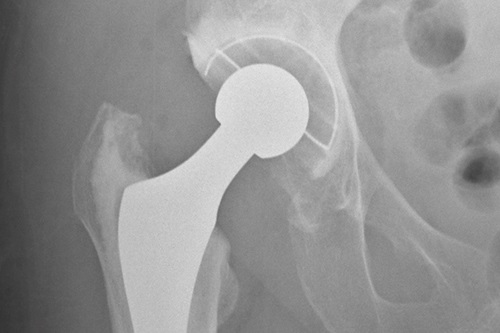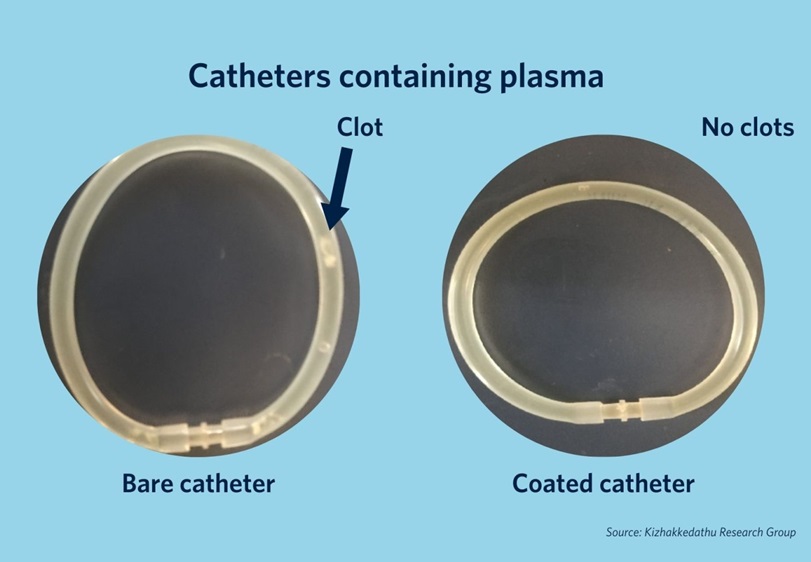New Research Helps Choose Most Ideal Hip Implant for Replacement Surgery
Posted on 13 Nov 2024
The likelihood of needing a revision surgery after a primary hip replacement is influenced in part by the materials used in the prosthesis. Current data often groups these materials into broad categories, which may mask differences in the revision risks between them. National joint replacement surgery registries typically categorize hip implants in a way that doesn't fully capture the variations in revision risks across different implant materials. Now, a new study has revealed that hip implants with a delta ceramic or oxidized zirconium head paired with a highly crosslinked polyethylene liner or cup present the lowest revision risk over a 15-year period. The independently conducted research, published in PLOS Medicine, offers valuable insights that can guide hospitals, surgeons, and patients in selecting the appropriate hip implant for replacement surgery.
The study, conducted by researchers at the University of Bristol (Bristol, UK), aimed to identify hip implant materials that carry the least risk of requiring revision. This knowledge can assist orthopedic surgeons and patients in making more informed decisions before surgery. The researchers analyzed data from the National Joint Registry (NJR) on 1,026,481 hip replacement surgeries performed in the NHS and private sectors across England and Wales, tracking patients for up to 15 years after their initial operations (from 2003 to 2019). The analysis focused on the bearing surfaces of hip implants, which are the moving parts of the artificial joint that rub against each other during activity.

The findings showed that hip implants featuring a delta ceramic or oxidized zirconium head combined with a highly crosslinked polyethylene liner or cup had the lowest revision rates throughout the 15 years following the initial surgery. The researchers also examined the specific reasons for the revisions and confirmed these results. The data indicated that 20,869 (2%) of hip replacement patients required a revision surgery. By tracking material combinations and their corresponding revision rates, the study emphasizes how material choice can affect surgical outcomes, improving the longevity of the implants and supporting better patient health. Surgeons are encouraged to carefully review these findings when selecting implant materials and incorporate this information into pre-operative discussions with their patients. As the demand for joint replacements continues to grow, this research provides invaluable insight into reducing the need for revision surgeries.
“Our research has found the risk of hip replacement revision depends on the hip implant materials used in the original surgery. The lowest risk of revision are from implants with delta ceramic or oxidized zirconium head and a highly crosslinked polyethylene (HCLPE) liner or cup,” said Dr. Erik Lenguerrand, Senior Lecturer at the University of Bristol and a senior author on the paper. “Further research is needed to find out the association of implant materials with the risk of rehospitalization, re-operation other than revision, mortality, and the cost-effectiveness of these materials.”













